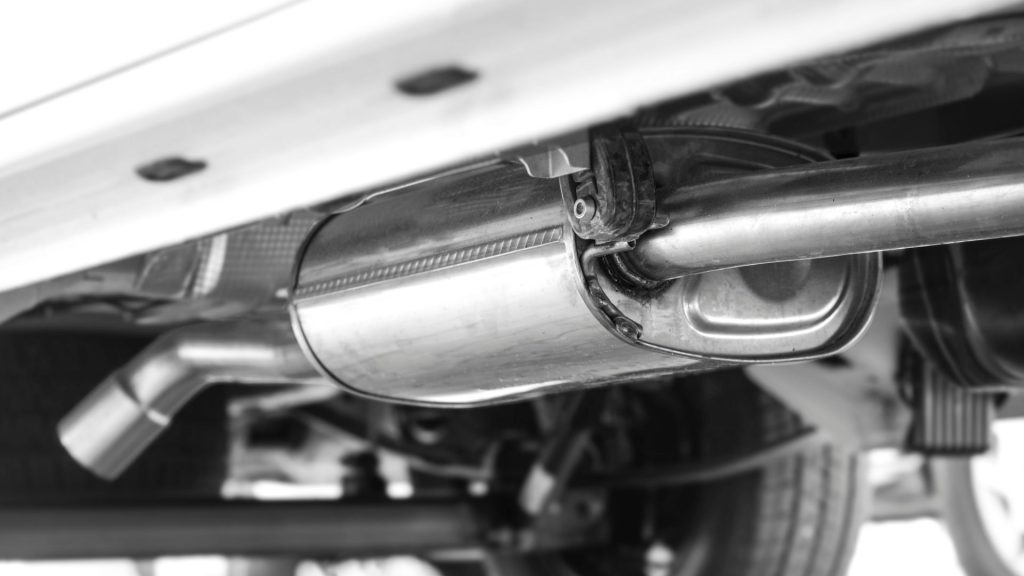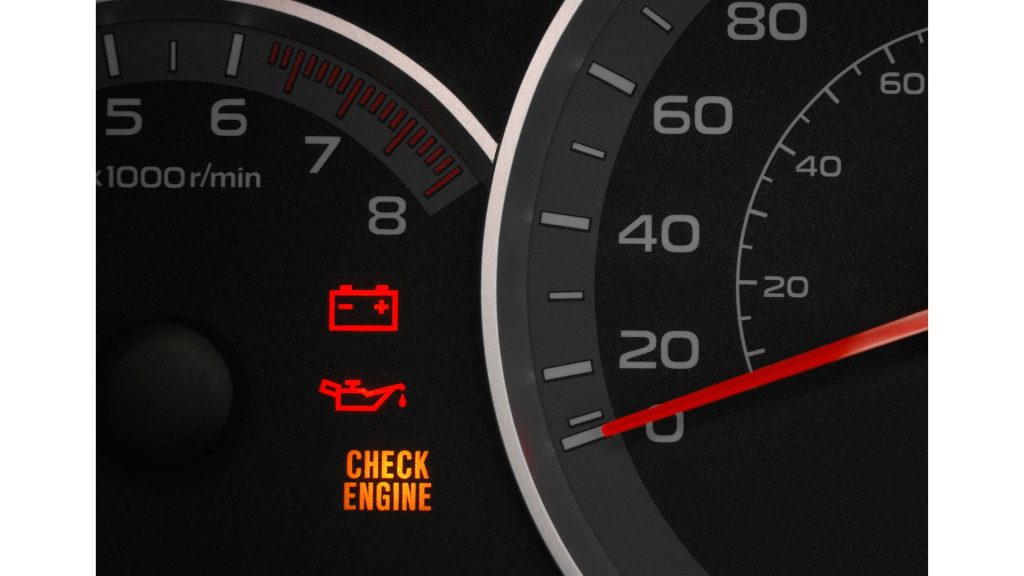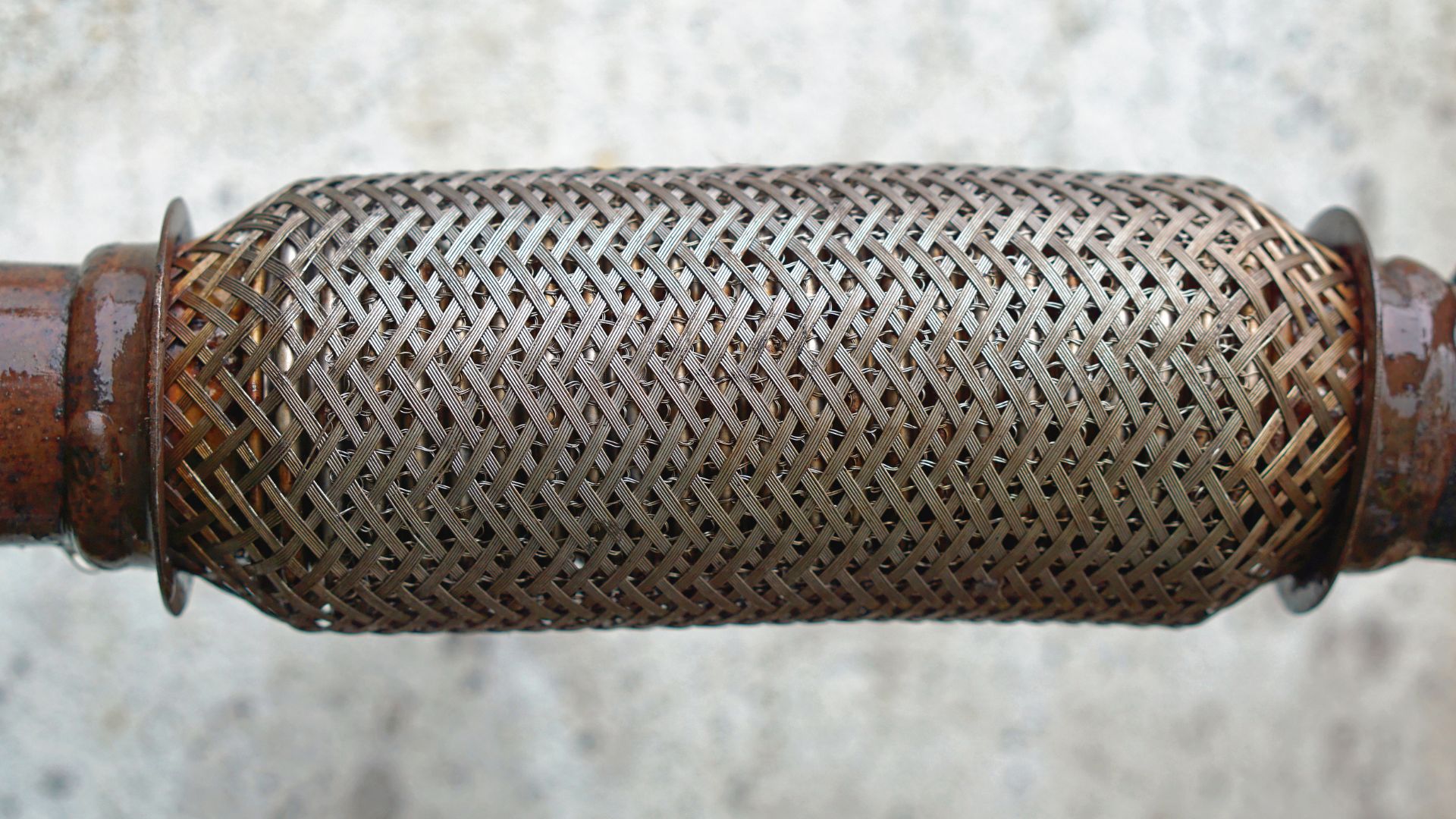Catalytic converters keep the air clean by processing a vehicle’s harmful gases. Engines burn fossil fuels to propel a car forward. Unfortunately, that explosive procedure generates toxic elements that pollute the environment.
A catalytic converter uses precious metals such as palladium and rhodium to transform those gases into safer components. The muffler ejects them. Y
You can’t drive a car without a catalytic converter because most developed countries have regulations in place to control and reverse global warming.
Organizations worldwide have identified cars as a significant contributor to global warming, which is why governments are working so hard to enforce laws mandating the installation of catalytic converters.
Will Your Car Work With A Straight Pipe?

Yes, it will. Catalytic converters use precious metals to convert toxic emissions. They don’t play a direct role in the engine’s operations. But what about those drivers whose cars malfunction when they remove the catalytic converter?
You’ve probably seen vehicles that start limping because a thief stole the converter. Why does that happen? The computer is at fault. The absence of a catalytic converter will confuse the computer.
It will display error codes to warn you about the missing catalytic converter. The car’s performance and fuel efficiency will deteriorate. But these changes are slight.

Don’t be surprised if your engine light stays on. Installing the straight pipe won’t solve this problem. Unless you have the relevant skills and tools, you should hire a mechanic to reprogram the computer. They can also adjust oxygen levels.
This will turn the engine light off. The Anti-Theft Guys expect a straight pipe to improve the engine’s performance in the long run by reducing back pressure. Don’t ignore a vehicle that illuminates the ‘Check Engine’ light because of a missing converter. What if the thief damaged the oxygen sensors while taking the converter?
Ignoring the computer’s warnings and driving the car may damage the engine. Don’t take chances.
What Does The Law Say?
The Washington Post has traced the catalytic converter back to Dick Klimisch, who spent a billion dollars of General Motors’ money to explore catalysis, eventually innovating a means of turning harmful emissions into harmless gasses.
By 1975, the automobile industry was connecting catalytic converters to every new vehicle in an effort to prevent smog from choking urban centers. Today, many local and federal bodies use the Clean Air Act of 1970 to compel drivers to add catalytic converters to their vehicles.
According to Dr. E. Andrew Boyd (the University of Houston, Department of Industrial Engineering), the Clean Air Act changed the way people buy gas because converters don’t like lead.
At the time, lead was a common gas additive. The Clean Air Act forced gas companies to remove the element. Eventually, the gas stations that sold leaded and unleaded fuel began phasing out the lead. This was before experts discovered the adverse side effects of lead on human health.
What does this mean for a driver looking to replace a catalytic converter with a straight pipe? This 1991 letter from the United States Environmental Protection Agency in Washington has the answer.
It clearly states that the Clean Air Act prohibits consumers and mechanics from bypassing the catalytic converter. Basically, any effort to render the device inoperative is illegal. From what Echo Press has seen, a dealer or manufacturer that violates these laws will pay a fine of $25,000.
That figure falls to $2,500 for vehicle owners. Therefore, even though a straight pipe can work in the place of a catalytic converter and even offers superior performance, the local authorities will penalize you. But if that is true, why do some people use straight pipes?
Because you won’t find traffic officers stopping a car to check for a catalytic converter. You can probably drive around with a straight pipe instead of a catalytic converter, and no one will ever know.
But doing so puts you at risk. If you ever give inspectors a reason to scrutinize your vehicle, the absence of a catalytic converter will earn you a fine. This is why the mechanics you’ve consulted are hesitant to install a straight pipe. They don’t want to pay hefty fines for your sake.
How Can You Replace A Catalytic Converter With A Straight Pipe?
- Find a level surface to park the car.
- Use a hydraulic jack to raise the car.
- Place jack stands at each corner of the frame and lower the hydraulic jack. Make sure the jack stands are fully supporting the car.
- If you recently drove the car, let it cool. Otherwise, the catalytic converter will burn you if you attempt to handle it with your bare hands.
- Crawl under the car and locate the catalytic converter. Remove the bolts with an adjustable wrench and lower the converter. Some people start by spraying the bolts with penetrating fluid and waiting fifteen minutes.
- If the catalytic converter is okay, don’t dispose of it. You may need it later. Find a safe place to store it.
- Add the straight pipe to the exhaust. If you can’t find the straight pipe in your local store, ask the retailer for a ‘Test Pipe.’ The terms are interchangeable.
- Ensure the pipe’s mounting holes (in the flanges) and the adjoining exhaust pipes are aligned. This means adjusting the pipe by twisting it with your hands.
- Insert the mounting bolts you removed and use a wrench to tighten them.
- Raise the vehicle off the stands with the hydraulic jack.
- Remove the jack stands and lower the vehicle.
- Does the car work? If it doesn’t start or move, consult a mechanic. You probably made a mistake.
You can watch this video to know more in detail!
Remember that some manufacturers will void your warranty if you tamper with the vehicle by removing the catalytic converter.
Why Do People Replace A Catalytic Converter With A Straight Pipe?
Some people prefer a straight pipe. They blame the converter for compromising their engine’s efficiency and performance. Others use straight pipes because thieves stole the converter, and they can’t afford to get a new one.
You may spend $2,000 or more on replacing a catalytic converter. People target these devices because of the precious metals they house. If you don’t have the money to replace the converter, you will settle for a straight pipe. Although, the straight pipe is only permissible as a temporary measure. You can use it until you get a new converter.
You can apply the same solution if your converter malfunctions. Converters can fail because of natural wear and tear, bad spark plugs, faulty engines, overheating, bad valve seals, damaged piston rings, and more.
You can’t ignore defective converters because they will manifest tangible symptoms. For instance, you will smell rotten eggs from the exhaust, and the ‘Check Engine’ light will illuminate.
If you’ve decided to replace the catalytic converter with a straight pipe as a temporary or permanent measure, remember that your vehicle will fail smog and emissions tests.

